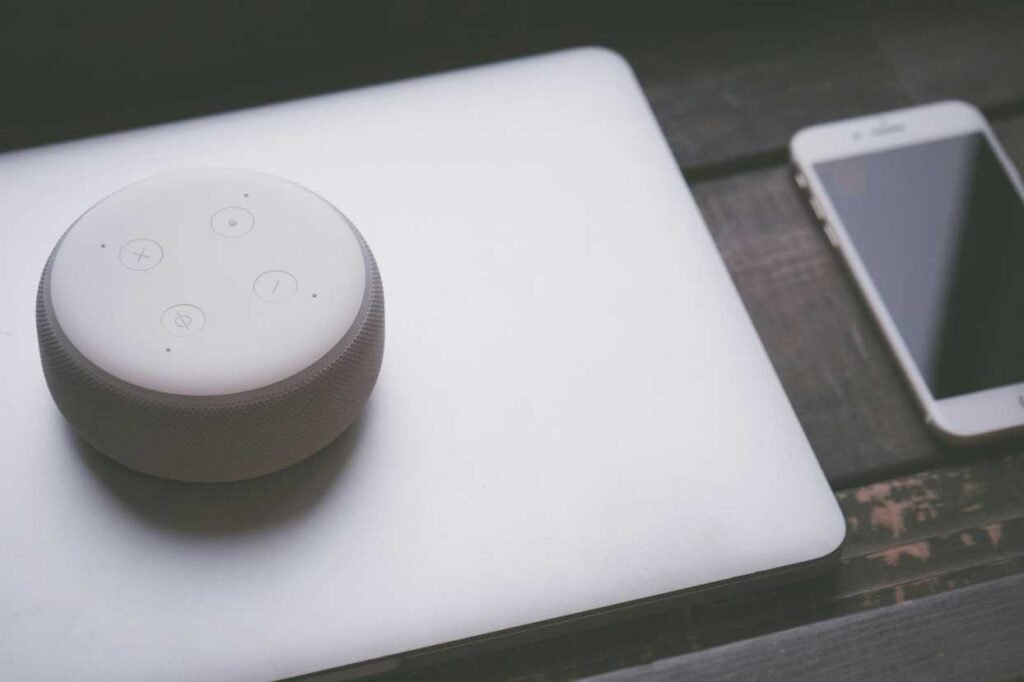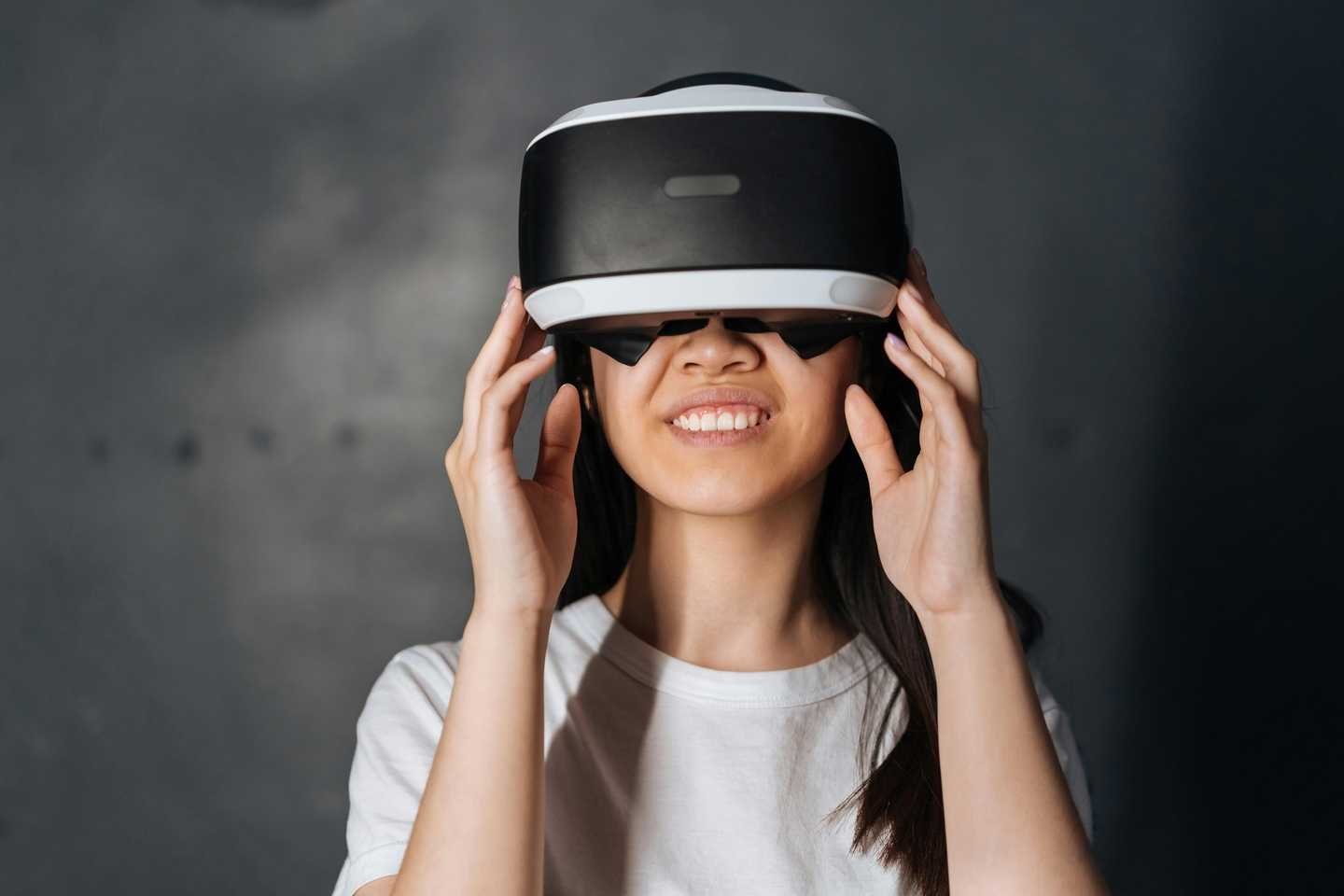Artificial Intelligence (AI) is no longer a distant dream or an obsession of science fiction but a reality in the modern world. It has already influenced how we go about our everyday routines, how we work, as well as how we socialize. AI-based devices have already been integrated into houses, workplaces, and now even the medical field.
Harnessing the power of AI, devices, and appliances can manage the day or even dictate health routines via smart gadgets. As these technologies improve, the line between an experience designed for use by humans and one intended for use by machines becomes less distinct. But what is it about AI that allows such devices and appliances to be able to impact in such an immense way? Let us explore how AI fits in various aspects of human life.
AI-Powered Gadgets The Unseen Revolution
The most intriguing feature of AI-powered devices is how well they integrate into everyday life. AI, in contrast to conventional technology, learns, adapts, and becomes more intelligent over time. This ongoing development guarantees that devices continue to be useful, relevant, and intuitive.
AI powers features like facial recognition, tailored suggestions, and predictive text, all of which are included in smartphones. In a similar vein, gadgets like smartwatches and robotic vacuums constantly evaluate data to improve their functionality.
The growth of AI isn’t only about convenience; it’s also about personalizing experiences, saving time, and increasing productivity without conscious effort.

AI-Powered Living in Smart Homes
The most obvious illustration of AI’s influence in the house is probably smart homes. These days, AI-powered devices control everything from electricity to entertainment, making homes safer and more effective.
These devices work in the background, automating repetitive chores, reacting to voice instructions, and picking up on home routines. AI is transforming houses into ecosystems that put sustainability, security, and comfort first.
How AI Improves Domestic Life
The usage of AI in contemporary homes goes well beyond novelty. Think of the ease of managing lights or appliances from a distance, or the protection provided by cameras that can identify faces. Homes are modified by AI to fit the lives of its occupants.
- Alexa and Google Nest are examples of smart assistants that serve as primary hubs for voice or app control of other devices.
- Security Systems: AI-powered locks and cameras can identify faces, spot odd activity, and send out real-time notifications.
- Smart Appliances: Ovens, thermostats, and refrigerators may recognize consumption trends and modify settings to operate as efficiently as possible.
- Lighting and Energy Management: Smart thermostats maximize heating and cooling, while AI-controlled lighting systems automatically change brightness.
- AI integration into household devices makes houses more individualized, responsive, and energy-efficient.

AI Gadgets at Work – Boosting Productivity
AI is rapidly transforming workplaces, automating routine tasks, and boosting overall productivity. From simple chatbots to sophisticated project management systems, AI-powered gadgets streamline operations, freeing up time for creative and strategic endeavors.
The real power of AI at work lies in its ability to handle repetitive processes while simultaneously analyzing data to predict future outcomes. This predictive capability makes it easier to manage resources, meet deadlines, and optimize workflows.
Consider virtual assistants – they schedule meetings, filter emails, and even remind users of upcoming tasks. Meanwhile, AI-powered analytics tools predict market trends, empowering businesses to make data-driven decisions. Wearables in offices monitor health, encouraging movement to prevent burnout.
Key AI Tools in the Workplace
- Transcription Software (Otter.ai): Converts voice recordings into text in real-time.
- Virtual Project Managers (Monday.com, Asana): Use AI to predict task completion times and resource allocation.
- Email Filters and Smart Replies: Sort important messages and draft quick responses, increasing efficiency.
- AI-Powered Wearables: Track productivity, monitor stress, and suggest breaks to improve focus.
These gadgets create smarter, healthier, and more efficient work environments, reshaping the modern workplace.

AI in Healthcare – Redefining Patient Care
Healthcare has experienced some of AI’s most profound impacts. From diagnostic tools to personal health monitors, AI-powered gadgets are enhancing patient care, improving diagnostics, and preventing potential health crises.
Wearables now track heart rates, detect irregularities, and alert medical professionals – often before symptoms are noticeable. Telehealth services, powered by AI chatbots and virtual doctors, ensure patients receive timely consultations and care.
Benefits of AI in Healthcare
AI’s ability to process vast amounts of data quickly is invaluable in medicine. Gadgets like smartwatches monitor heart rates 24/7, while AI software analyzes this data, predicting potential health issues. This blend of continuous monitoring and predictive analytics makes healthcare proactive rather than reactive.
- AI-Driven Diagnostics: Early detection of conditions like atrial fibrillation through wearables.
- Health Monitoring Devices: Smart blood pressure monitors and glucose trackers send reports directly to healthcare providers.
- Telemedicine and AI Chatbots: Provide 24/7 medical advice and schedule virtual consultations.
- Medication Management Tools: AI dispensers remind patients to take medicine, reducing missed doses and hospital readmissions.
AI gadgets are bridging gaps between patients and healthcare providers, ultimately saving lives and improving quality of care.

Entertainment and AI – A Personalized Experience
Entertainment platforms have embraced AI to offer highly personalized experiences. Streaming services like Netflix, Spotify, and YouTube harness AI algorithms to suggest content based on user behavior. The more you engage, the better these platforms become at predicting what you’ll enjoy.
Gaming has also seen AI-driven advancements, with smarter NPCs (non-playable characters) and dynamic storytelling that adapts to player choices. AI has redefined the meaning of immersive entertainment.
AI in Entertainment
- Streaming Recommendations: AI analyzes viewing habits to curate personalized movie and music playlists.
- Gaming Enhancements: AI-driven NPCs adapt to player decisions, creating unique experiences every session.
- Visual and Audio Quality Optimization: AI improves video resolution and sound clarity in real-time based on internet speed.
- AI Art Generators: Create music, art, and videos tailored to user preferences.
Entertainment is no longer static – it evolves with you, delivering a richer, more engaging experience.

AI in Education The Smarter Learning Tools and Gadgets
The education sector is undergoing a technological revolution, driven by the rise of AI-powered gadgets and platforms. These tools are reshaping how students learn, teachers instruct, and educational institutions operate. With AI’s ability to analyze data and personalize experiences, learning has become more accessible, engaging, and tailored to individual needs.
Traditional classrooms often adopt a one-size-fits-all approach, but AI gadgets break this mold. Learning platforms like Duolingo, Khan Academy, and Quizlet use AI to track student progress and adjust the difficulty of lessons based on performance. This ensures that learners receive targeted support where needed and aren’t held back by areas they’ve already mastered.
AI tools in education aren’t limited to software. Physical gadgets such as smart projectors, AI-powered whiteboards, and virtual reality (VR) headsets transport students to immersive learning environments, making abstract concepts tangible. Language translation devices eliminate language barriers, fostering inclusivity in diverse classrooms.
Furthermore, AI assists educators by automating administrative tasks like grading and attendance, allowing teachers to focus on personalized instruction. Virtual tutors powered by AI provide 24/7 support, answering questions and guiding students through complex subjects at their own pace.
Notable AI Tools in Education
- Adaptive Learning Platforms: Adjust course materials in real-time based on student performance.
- AI-Powered Grading Software: Speeds up assessment by analyzing handwriting or typed answers.
- Virtual Reality (VR) Learning: Immerses students in interactive environments for history, science, and language learning.
- AI Language Translators: Facilitate communication for students from different linguistic backgrounds.
The integration of AI in education is not just making learning smarter but also more equitable, bridging gaps in knowledge and access for students across the globe.

What’s Next for AI Gadgets?
The future of AI gadgets promises even more integration into our lives. What’s coming next?
Edge AI – Faster, more private on-device processing.
Brain-Computer Interfaces (BCI) – Direct interaction between the brain and machines.
AI in New Sectors – Agriculture, manufacturing, and even space exploration.
AI will continue pushing the boundaries, creating smarter, more intuitive devices.
AI-powered gadgets are reshaping our world, making life easier, healthier, and more efficient. From smart homes to autonomous cars, AI is now part of daily life. As technology evolves, the influence of AI will grow, leading to even greater convenience and personalization. Embracing AI gadgets today means stepping into the future, one device at a time.
